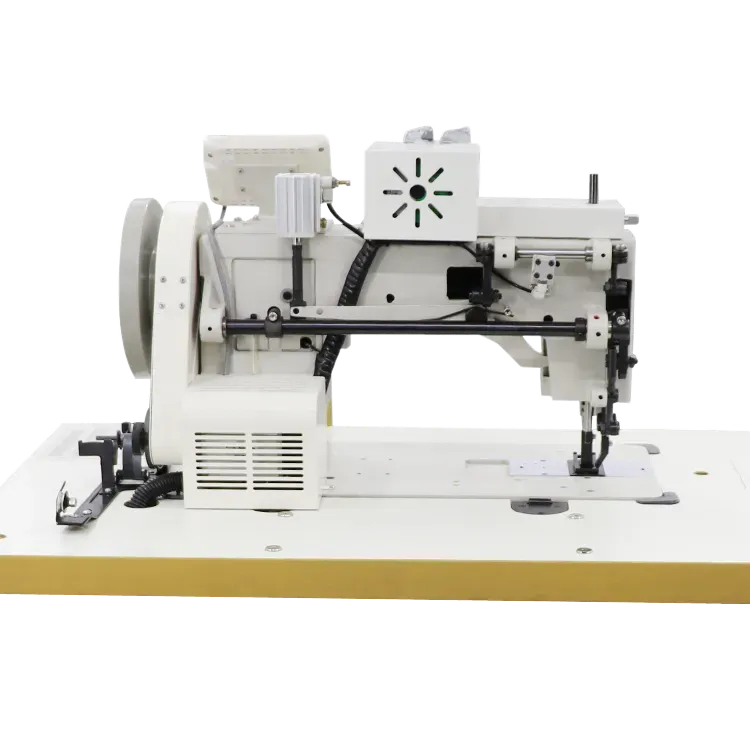how to use a sewing machine
How to Use a Sewing Machine A Beginner's Guide
Using a sewing machine can seem intimidating at first, but with a little practice and the right guidance, you'll find it to be an invaluable tool for creating everything from simple repairs to elaborate projects. This guide will walk you through the basics of sewing, and soon you'll be well on your way to mastering this useful skill.
Understanding Your Sewing Machine
Before you start sewing, it's essential to familiarize yourself with the parts of your sewing machine. Most sewing machines have common components, such as the following
1. Power Switch This turns the machine on and off. 2. Foot Pedal This controls the speed of sewing; pressing it gently will yield slow stitches, while pressing it harder will increase speed. 3. Needle This is where the thread enters the fabric. Make sure it’s properly installed and the right size for your fabric type. 4. Bobbin This holds the lower thread and is located beneath the needle plate. 5. Tension Control This adjusts the tightness of the threads as they stitch together. 6. Stitch Selector Many machines come with various stitch options, including straight, zigzag, and decorative stitches.
Before getting started, it’s advisable to read the manual that comes with your machine, as different models may have unique features.
Setting Up Your Sewing Machine
1. Threading the Machine Begin by winding the bobbin according to your machine’s instructions. Next, insert the bobbin into its compartment, ensuring it unwinds in the correct direction. Then, thread the upper part of the machine by following the threading path indicated on your sewing machine, usually near the spool pin and tension discs.
2. Choosing Your Fabric For beginners, it’s best to start with medium-weight cotton or muslin. These fabrics are easy to handle and will help you get comfortable with the sewing process.
3. Cutting Your Fabric Use fabric scissors to cut your fabric into the desired shape. Remember to leave seam allowances—commonly, 1/4 to 5/8 inch depending on your project.
how to use a sewing machine

Sewing Basics
1. Making a Test Stitch Before you start on your actual project, it’s helpful to make a test stitch on a scrap piece of fabric. This will allow you to adjust the tension and stitching options without risking your main fabric.
2. Starting to Sew Place the fabric under the presser foot, lower the foot to hold it in place, and gently press the foot pedal to begin stitching. For straight seams, guide the fabric along the edge of the presser foot for consistency.
3. Finishing Your Seam At the end of your sewing line, remember to backstitch to secure your seam. This involves sewing a few stitches backward before continuing forward.
4. Cutting Threads After finishing a seam, lift the presser foot and gently pull the fabric out. Use thread snips or scissors to cut the threads close to the fabric.
Maintaining Your Sewing Machine
Keeping your sewing machine in good working order is crucial for smooth operation. Regular maintenance includes
- Cleaning Remove dust and lint from the machine and the bobbin area after each project. - Oiling Refer to your machine’s manual for oiling guidelines. Some machines do not require oiling, while others might need it regularly. - Servicing It's wise to have your machine serviced professionally once a year or after heavy use.
Conclusion
Learning to use a sewing machine can be a rewarding experience and opens up a world of creativity. With practice, you’ll hone your skills and gain confidence in your sewing abilities. Start with small projects, and as you become more comfortable, challenge yourself with more complex patterns. Happy sewing!
-
Heavy Duty Leather Sewing Machine: A Must-Have for Professional LeatherworkNewsMay.28,2025
-
Leather Sewing Machine: Essential for High-Quality LeathercraftNewsMay.28,2025
-
Extra Heavy Duty Sewing Machine for Premium Leather ApplicationsNewsMay.28,2025
-
Walking Foot Cylinder Arm Sewing Machine: Precision and Power CombinedNewsMay.28,2025
-
Industrial Cylinder Arm Sewing Machine: Engineered for High-Performance StitchingNewsMay.28,2025
-
Cylinder Bed Sewing Machine: A Powerful Solution for Precision StitchingNewsMay.28,2025
-
Zigzag Sewing MachineNewsMay.12,2025





























